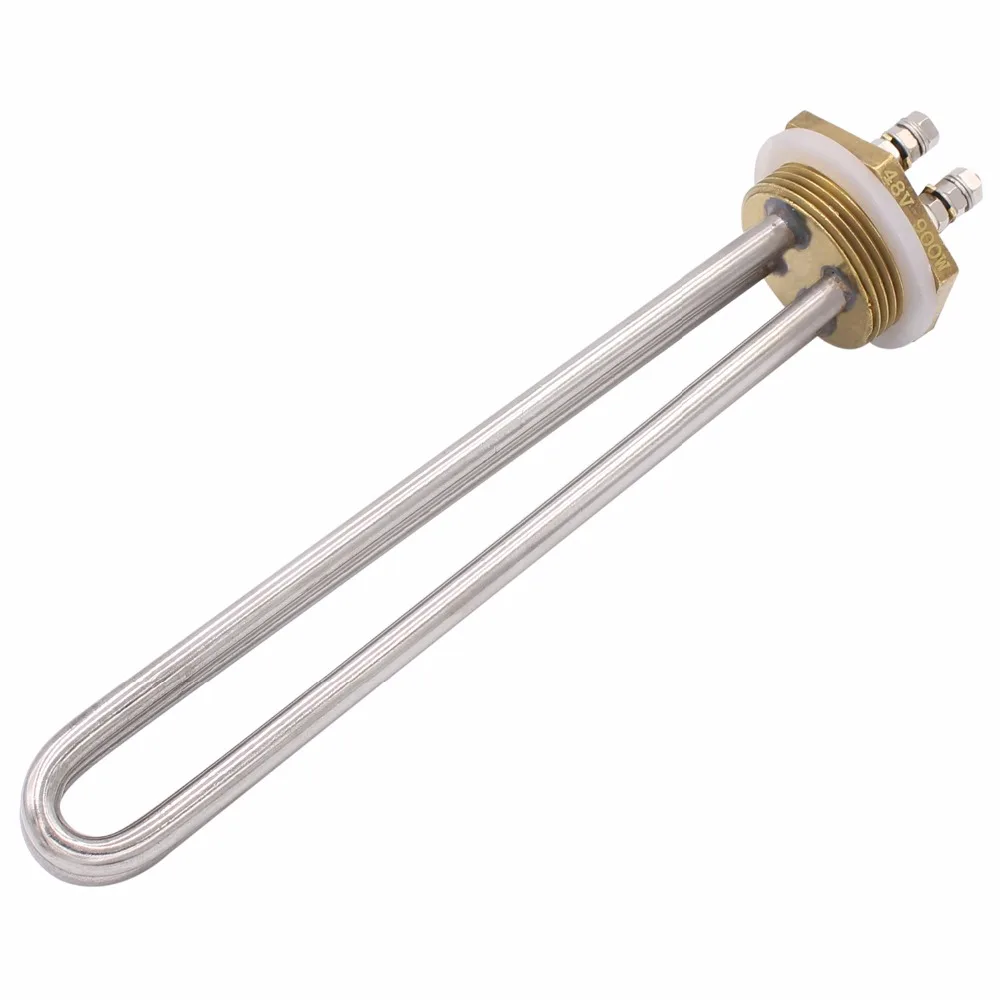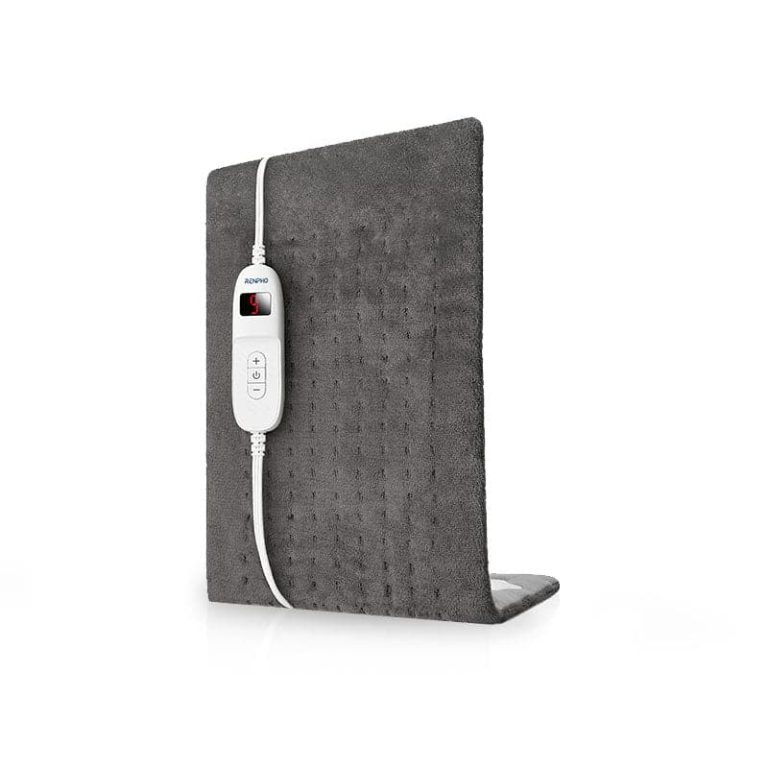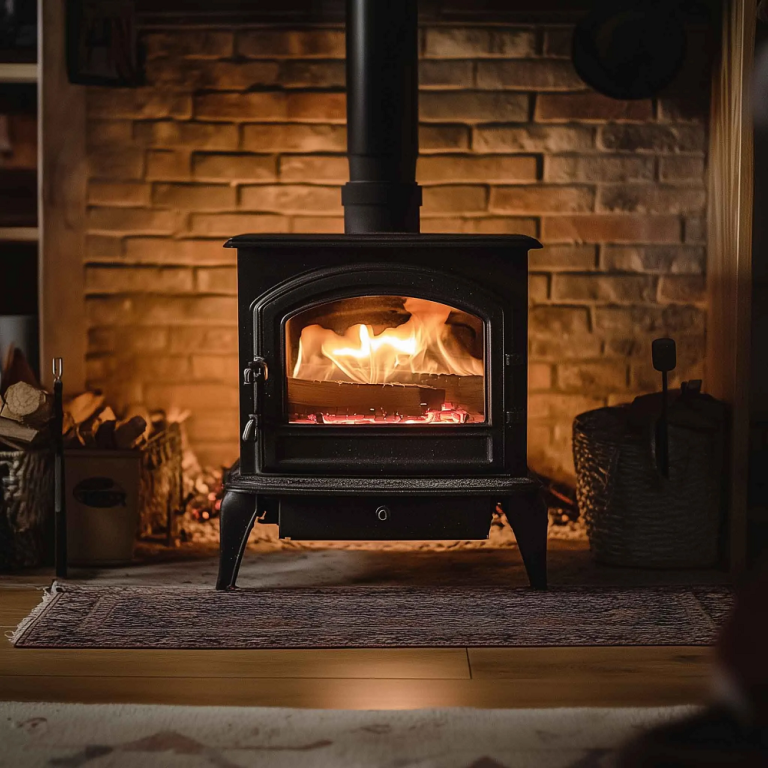What Are Low Voltage Heaters?
Low voltage heaters are a type of heating device. They use less electrical power than standard units. Typically, these heaters work on less than 30 volts of electricity. They are ideal for small spaces. This includes RVs, boats, and compact rooms. Low voltage heaters provide warmth by converting electricity into heat. This process is similar to standard heaters but requires less energy. They connect to a low voltage power source. This can be a battery or a special transformer. These heaters are designed for efficiency and safety. They cater to specific heating needs where standard voltage heaters are not suitable. In summary, low voltage heaters offer a specialized solution. They heat spaces while keeping energy use and risk to a minimum.
Key Benefits of Low Voltage Heating Systems
Low voltage heaters offer several key benefits. They are energy-efficient. This helps reduce electricity bills. Low voltage heaters also operate quietly. This makes them suitable for environments like bedrooms or offices. Since they use less electricity, they are safer. The risk of electrical fires and accidents is lower. Their small size means they fit well in various spaces. This includes RVs, offices, and small homes. Low voltage heaters can be connected to renewable energy sources. This makes them eco-friendly. They are also easier to install due to their simplicity and power requirements. Overall, low voltage heaters provide comfort without high costs or risks.
Types of Low Voltage Heaters
When choosing a low voltage heater, it’s important to understand the different types available. Not all low voltage heaters are the same, and each type offers features that may be ideal for specific needs. Here are the main categories you might encounter:
Ceramic Low Voltage Heaters
Ceramic low voltage heaters are popular for small spaces. They use ceramic plates to warm the air. These heaters are lightweight and provide a steady source of heat. They work well in offices or bedrooms.
Infrared Low Voltage Heaters
These heaters emit infrared rays to heat objects directly. They don’t warm the air but the things in a room. This makes them very efficient. They suit settings where instant warmth is needed.
Oil-Filled Low Voltage Heaters
Oil-filled heaters are filled with oil that is warmed by the electric element. The warm oil circulates through the coils to produce heat. They’re great for longer heating needs as they retain heat well.
Panel Low Voltage Heaters
Panel heaters are slim and can be wall-mounted. They provide an even heat distribution. They blend into the decor and are good for maintaining a consistent temperature.
Low Voltage Space Heaters
Space heaters are portable and can be moved as needed. They are ideal for heating up individual rooms or areas quickly. These come in various designs, including box and tower shapes.
Selecting the right low voltage heater depends on the space, personal preferences, and specific heating requirements. It’s important to review each type’s features and see how they fit your needs. Remember, the goal is to find a balance between efficiency, safety, and comfort.
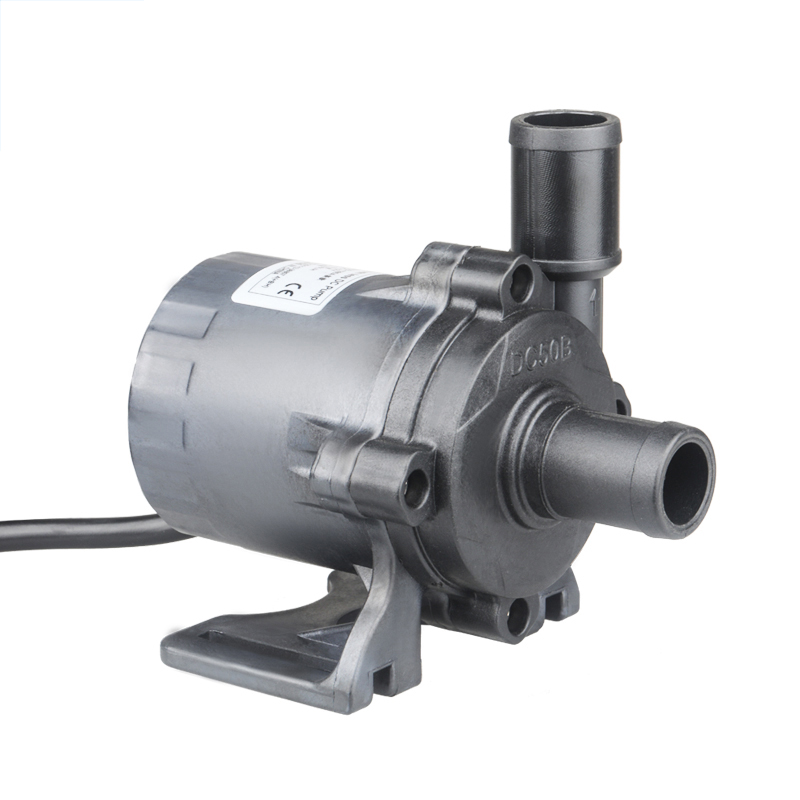
Installation Considerations for Low Voltage Heaters
Installing a low voltage heater involves several key steps to ensure safety and efficiency. Below, we will outline the primary considerations to bear in mind during installation:
Choose the Right Location
Find a spot that allows for even heat distribution throughout the space. Ensure the chosen location is free of obstructions to maintain airflow. Keep the heater away from water sources to prevent electrical hazards.
Ensure Proper Power Source
Verify that you have a compatible low voltage power supply. This might be a battery or a specialized transformer. An incorrect power source can cause damage or reduce efficiency.
Follow Manufacturer’s Instructions
Each low voltage heater comes with a specific set of installation guidelines. Read and follow these instructions carefully to prevent installation errors and potential safety risks.
Consider Professional Installation
If you’re not confident in your electrical skills, it’s a smart choice to hire a professional. An experienced electrician can handle the installation safely and efficiently.
Inspect Wiring and Connectors
Check all wires and connectors for signs of wear or damage. Replace any faulty parts before completing the installation to ensure long-term safety.
Test Before Full Use
Once installed, test the heater to ensure it’s working correctly. Look out for any unusual sounds or smells that might indicate a problem.
By paying attention to these considerations, you can install your low voltage heater with confidence. Proper installation is key to enjoying the benefits of these efficient heating systems for years to come.
Energy Efficiency and Cost Savings
Low voltage heaters are synonymous with energy efficiency. They consume less power, reducing electricity costs. These heaters convert electricity into heat effectively, ensuring minimal loss of energy. As a result, users enjoy a warm environment without a hefty energy bill. Operated at lower voltages, they draw less current, translating into direct savings. Many models have adjustable settings. This allows for precise control over the temperature and energy use.
Users can select only the needed warmth level. This tailored approach prevents waste. In comparison to traditional heaters, low voltage options often have a lower upfront cost. Their installation is less complex. This typically means reduced initial expenses. Moreover, the potential for integrating solar or other renewable energy adds long-term value. This is not only cost-effective but also environmentally conscious. The bottom line is clear: low voltage heaters can achieve significant savings. This applies both to operating and long-term infrastructure costs. For those prioritizing low running costs and eco-friendliness, low voltage heaters are an ideal choice. Their economic benefits are matched by their contribution to sustainable living practices.
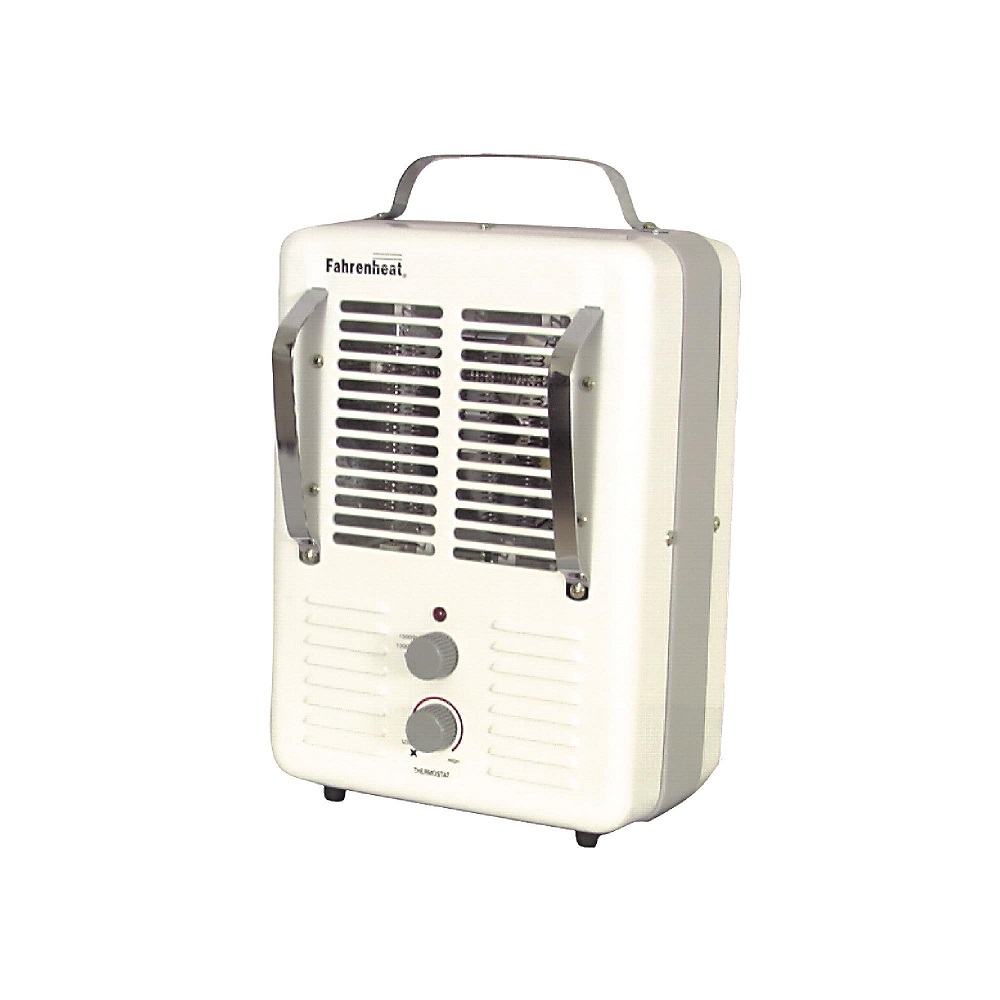
Safety Features of Low Voltage Heaters
Safety is a big plus with low voltage heaters. They have several built-in features that make them safer than many traditional heaters. Here is a breakdown of these safety features:
Reduced Risk of Fire and Electrical Hazards
Low voltage heaters operate at a lower power level. This significantly reduces the risk of fires and electrical accidents. They produce less heat on the surfaces, which means they’re less likely to cause fire hazards if touched or tipped over.
Auto Shut-off Function
Many low voltage heaters come with an auto shut-off feature. This function activates when the heater tips over or overheats. It helps prevent accidents and damage.
Cool-to-Touch Exterior
The exteriors of low voltage heaters often remain cool during operation. This feature is especially valuable in homes with children or pets. It reduces the risk of burns upon contact.
Built-in Thermostat
A built-in thermostat allows for better temperature management. This not only enhances safety by preventing overheating but also contributes to energy efficiency.
By emphasizing these safety features, low voltage heaters offer peace of mind. Users can enjoy comfortable warmth without worrying about potential risks.
Comparison with Traditional Heating Systems
When comparing low voltage heaters with traditional heating systems, there are distinct differences to consider. Traditional heaters typically operate at higher voltages, often upwards of 120 volts in many homes. This means they draw more current and use more energy, resulting in higher operating costs. Traditional heating systems also tend to be larger and less portable, making them less versatile for small spaces or targeted heating needs.
Traditional units might provide higher heat output, which is good for big, open areas. However, this comes with increased risks. Higher voltage systems have a greater chance of electrical hazards and fire incidents. Their surfaces often get very hot, posing burn risks to children and pets.
On the contrary, low voltage heaters shine in their safety, affordability, and flexibility. Operating at less than 30 volts, they minimize the threat of electrical accidents. They are easy to move around, which makes them perfect for on-demand heating in specific areas. Additionally, the ease of installation for low voltage units sets them apart. There’s no need for extensive electrical work—which traditional systems may require.
In summary, low voltage heaters present a smart option for those seeking efficient, safe, and cost-effective heating solutions. Particularly for small spaces or personal use, they are a favorable alternative to traditional heating systems. They strike a compelling balance between safety, efficiency, and convenience that many homeowners find attractive.
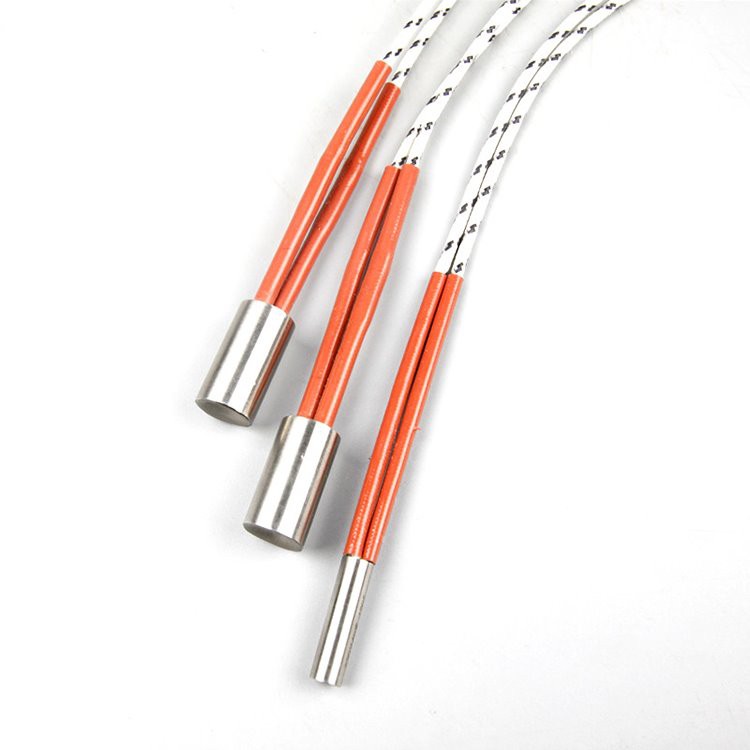
Maintenance Tips for Low Voltage Heaters
Maintaining your low voltage heater is crucial for optimal performance and longevity. Here’s how to keep your heater running smoothly:
Regular Cleaning
Dust and debris can build up on your heater. Clean it often to avoid this. Use a soft cloth to wipe the exterior. Check the manual for safe cleaning tips for internal parts.
Inspect for Damage
Look over your heater regularly for any signs of wear or damage. If you spot issues, address them quickly. Damaged parts can affect safety and efficiency.
Check the Power Source
Make sure your power source is consistent and reliable. A faulty power source can lead to problems. Replace batteries or inspect transformers as needed.
Test Safety Features
Use the test function on your heater’s safety features. This includes auto shut-off and thermostats. Ensuring these work can prevent accidents.
Update Settings Seasonally
Adjust your heater settings with the seasons. Lower settings in milder weather save energy. Higher settings when it’s colder keep you warm.
Professional Servicing
Consider having your heater checked by a pro every few years. They can tackle deeper maintenance tasks. This can prolong your heater’s life.
By following these simple maintenance tips, you can enjoy the benefits of your low voltage heater for years. Regular upkeep is key to safe and efficient heating.
